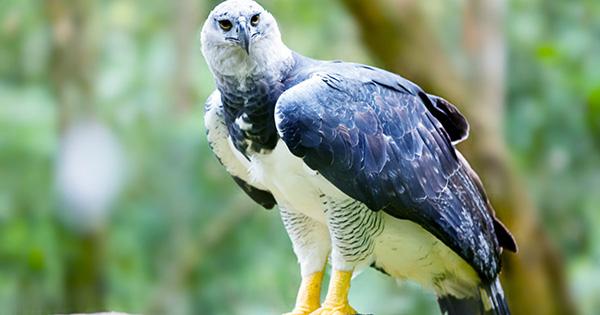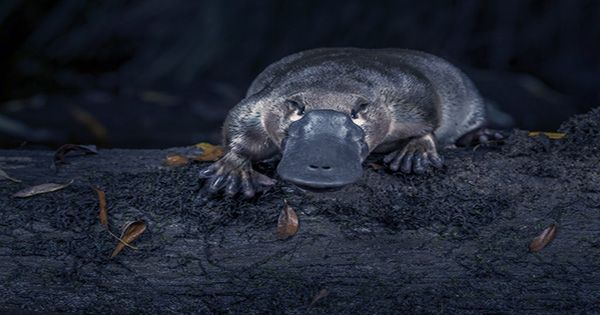When tawny crazy ants invade a new location, they act as an ecological wrecking ball, displacing native insects and small animals while also generating huge issues for homeowners.
Scientists at The University of Texas in Austin have showed how to harness a naturally occurring fungus to kill small populations of crazy ants, which is wonderful news. They published their findings in the Proceedings of the National Academy of Sciences this week.
“I think it has a lot of potential for the protection of sensitive habitats with endangered species or areas of high conservation value,” said Edward LeBrun, a research scientist with the Texas Invasive Species Research Program at Brackenridge Field Laboratory and lead author of the study.
In some parts of Texas, ants have infested homes, causing shorts and other damage by swarming breaker boxes, air conditioners, sewage pumps, and other electrical systems.
Tawny crazy ants are South American natives who have expanded over the southeastern United States in the last 20 years, raising anxiety. Observing wild populations of crazy ants being infected and collapsing without human interference sparked the idea for employing the fungal pathogen.
“This doesn’t mean crazy ants will disappear,” LeBrun said. “It’s impossible to predict how long it will take for the lightning bolt to strike and the pathogen to infect anyone crazy ant population. But it’s a big relief because it means these populations appear to have a lifespan.”
Rob Plowes and Lawrence Gilbert of Brackenridge Field Laboratory, as well as Melissa Jones, formerly of the Texas Parks and Wildlife Department, are among the study’s other authors.
This doesn’t mean crazy ants will disappear. It’s impossible to predict how long it will take for the lightning bolt to strike and the pathogen to infect anyone crazy ant population. But it’s a big relief because it means these populations appear to have a lifespan.
Edward LeBrun
Plowes and LeBrun were investigating crazy ants captured in Florida around eight years ago when they observed some had bloated abdomens.
They discovered spores from a microsporidian, a genus of fungal infections that is a new species to science, when they peered inside their bodies. Insect fat cells are frequently hijacked by microsporidian infections and turned into spore factories.
It’s unclear where the infection originated, either from the natural range of tawny crazy ants in South America or from another insect, but LeBrun and his colleagues began detecting it in crazy ants across Texas.
The scientists observed 15 local communities for eight years and discovered that every group that carried the disease dropped, with 62% of these populations completely disappearing.
“You don’t expect a pathogen to lead to the extinction of a population,” he said. “An infected population normally goes through boom-and-bust cycles as the frequency of infection waxes and wanes.”
According to LeBrun, the colonies may have failed because the virus reduces the lifetime of worker ants, making it difficult for a colony to survive the winter.
Whatever the cause, it appears to be an issue that only crazy ants can solve. The pathogen appears to leave native ants and other arthropods unharmed, unlike other microsporidia that infect ants, making it an ideal biocontrol agent.
After receiving a call from Estero Llano Grande State Park in Weslaco, Texas, in 2016, the team decided to spread the pathogen in this manner. Tawny mad ants were destroying the park’s insects, scorpions, snakes, lizards, and birds. Swarms of acid-spewing ants were blinding baby bunnies in their nests.
“They had a crazy ant infestation, and it was apocalyptic, rivers of ants going up and down every tree,” LeBrun said. “I wasn’t really ready to start this as an experimental process, but it’s like, OK, let’s just give it a go.”
The researchers used crazy ants obtained from other sites that had previously been infected with the microsporidian disease and placed them in nest boxes near crazy ant nesting sites in the state park.
To lure the local ants and unite the two populations, they distributed hot dogs near the exit chambers. The experiment was a huge success. The disease quickly expanded across Estero’s crazy ant population in the first year.
Their numbers plummeted in just two years. They are now extinct, and local species are reclaiming the land. Since then, the researchers have destroyed a second crazy ant population in Austin’s Convict Hill neighborhood.
The researchers intend to test their innovative biocontrol strategy in other vulnerable Texas environments afflicted with crazy ants this spring.
The Lee and Ramona Bass Foundation, Texas Parks and Wildlife Department, US Fish and Wildlife Service, Travis County Natural Resources Division, and Austin Water Wildlands Conservation Division all contributed to the project’s success.
















